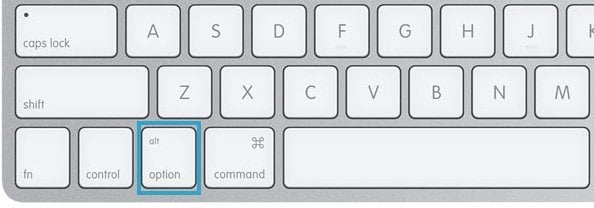

You can navigate to the Menu bar if you like and scroll through to access the Preferences.

It works like this: You are working in an app, and you want to open the application’s Preferences. This is one of the least-known keyboard commands on a Mac, but it’s super useful. There’s also a keyboard shortcut - select an item (you can even use the Up and Down arrows to navigate to it in Finder view) and then press Command-Y. To use QuickLook, select an item in Finder, press the Space bar and a preview will appear. Use Option-Command-W to close all currently active app windows.Ī lot of people use QuickLook to preview items they're looking for. Now if only I could get a keyboard for my feet, I could be twice as productive.Closes the active window you are currently in. Windows-centric applications like Parallels, VMWare or Microsoft's Remote Desktop Connection tool all offer built-in command key mappers to ease the challenge of bi-OS living. If you're looking for keyboard macros - that is, executing a series of keypresses by typing just one key - products like QuicKeys, Keyboard Maestro, and iKey are for you. Dogs and cats living together: mass hysteria. Some remappings aren't possible (due to the way Mac OS X works), but this is an even more flexible alternative to DoubleCommand.Īlso - don't use DoubleCommand and KeyRemap4MacBook at the same time, as they use the same methods for taking over your keyboard. KeyRemap4MacBook lets you specify which keys are remapped to other keys, rather than selecting from a predetermined list. With DoubleCommand, you can remap keys to the number pad, and make use of multiple-key combos, like shift-backspace for forward delete. If you need more control (for accessibility reasons, for example), you can use a free utility like DoubleCommand or KeyRemap4MacBook. (Not that we condone such activity, but this makes for an easy April Fool's day prank, too.) You can disable notifications at any time in your settings menu.


 0 kommentar(er)
0 kommentar(er)
